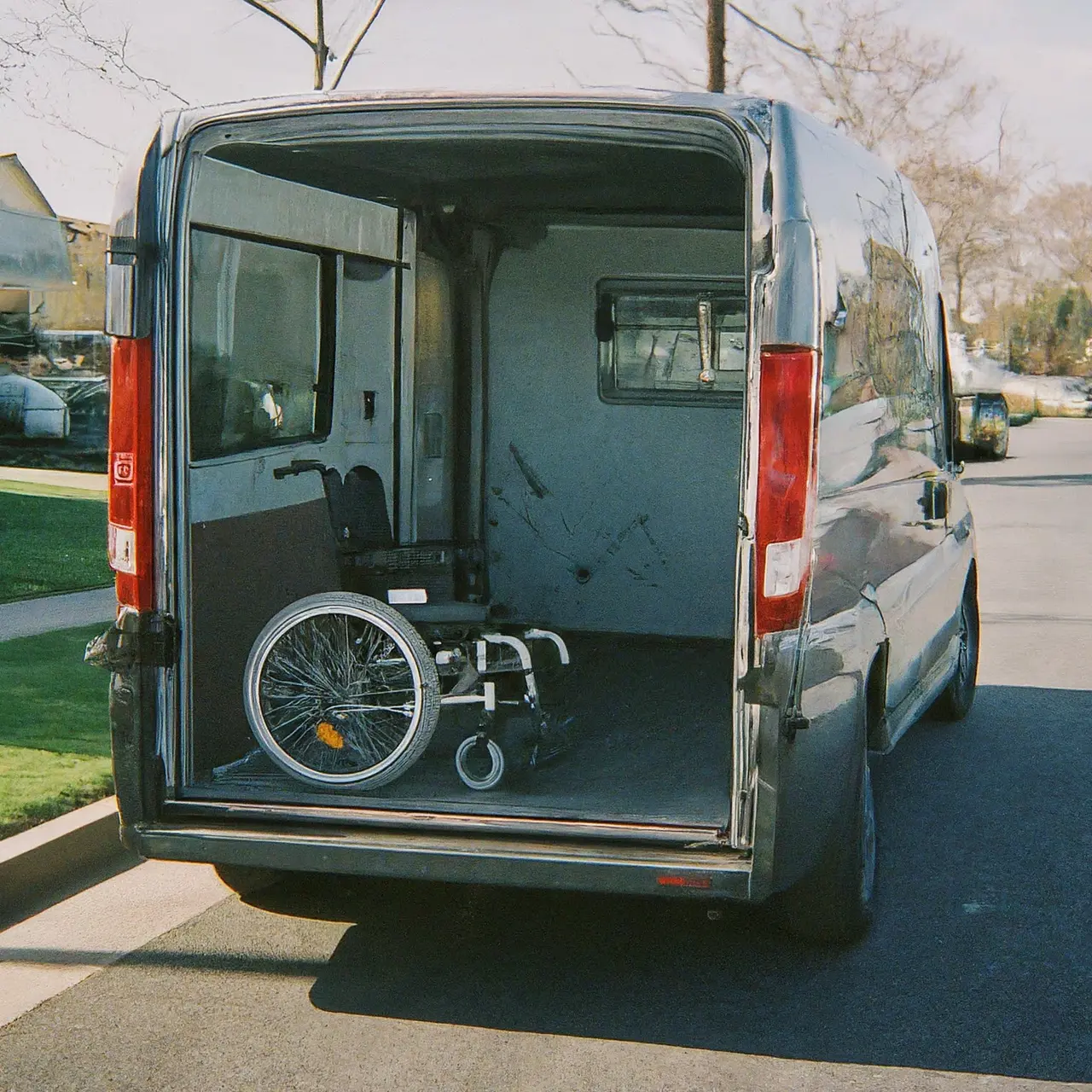Imagine being able to move freely, without barriers, feeling the pulse of the city on your own terms. For wheelchair users, quality transport isn’t just about travel; it’s a path to independence, empowerment, and inclusion.
Understanding the Connection Between Transport and Independence
The independence of wheelchair users is intricately linked to the availability and accessibility of quality transport. Being able to travel at one’s discretion is a vital aspect of autonomy, directly affecting one’s ability to work, socialize, and engage in community life. Without it, the world shrinks dramatically, limiting opportunities for personal growth and societal contribution.
This connection underscores the importance of viewing transport not just as a means to an end, but as a lifeline that facilitates a broader spectrum of life experiences. For wheelchair users, the right transport options can transform obstacles into opportunities, paving the way for greater self-sufficiency and societal integration.
Challenges Faced by Wheelchair Users in Public Transport
Navigating public transport presents a host of challenges for wheelchair users. From inadequate infrastructure—such as lack of ramps or elevators—to poorly designed vehicles that don’t accommodate wheelchairs, the barriers are significant. Adding to the complexity, inconsistent schedule adherence and unfriendly service can make public transport more of a hurdle than a help.
Many wheelchair users recount experiences of being overlooked by bus drivers, or finding designated wheelchair spaces occupied by strollers or luggage, making their journey not just inconvenient but sometimes impossible. These challenges not only hinder mobility but also discourage wheelchair users from participating fully in society.
Furthermore, the emotional and psychological impact of these challenges cannot be overstated. Feeling excluded from basic services like transport can lead to feelings of isolation and frustration, exacerbating the physical barriers with emotional ones.
Innovations Improving Transport Accessibility
The good news is that innovations in transport technology are making strides toward inclusivity. Features like low-floor buses, automatic ramps, and voice announcements are becoming more common, significantly improving access for wheelchair users. Furthermore, mobile apps that provide real-time updates on accessibility features empower individuals to plan their journeys with confidence.
Another promising development is the proliferation of accessible ride-sharing services. These platforms offer tailored transport options with vehicles equipped to handle various mobility needs, providing a more reliable and convenient alternative to traditional public transport.
The Impact of Inclusive Transport on Daily Life
When transport systems are truly inclusive, they can have a profound impact on the daily lives of wheelchair users. Suddenly, employment, education, healthcare, and social events become significantly more accessible. The world opens up, fostering independence, confidence, and an enriched quality of life.
Stories abound of individuals whose lives have been transformed by accessible transport. For some, it means the ability to pursue education or career opportunities previously deemed unreachable. For others, it embodies the simple joy of attending social gatherings without worrying about how to get there or back.
In essence, inclusive transport does more than just facilitate movement; it dismantles barriers, builds bridges to opportunities, and supports the realization of potential for wheelchair users across the globe. The impact is profound, touching every aspect of life and fostering a society where every individual can navigate the world freely.
Accessibility in transport isn’t just a convenience; it’s a cornerstone of independence for wheelchair users. As society strides towards inclusivity, it’s imperative that we prioritize and improve transport options. In doing so, we not only uphold the right to mobility but also embrace the diverse contributions of every individual, regardless of their physical abilities.

